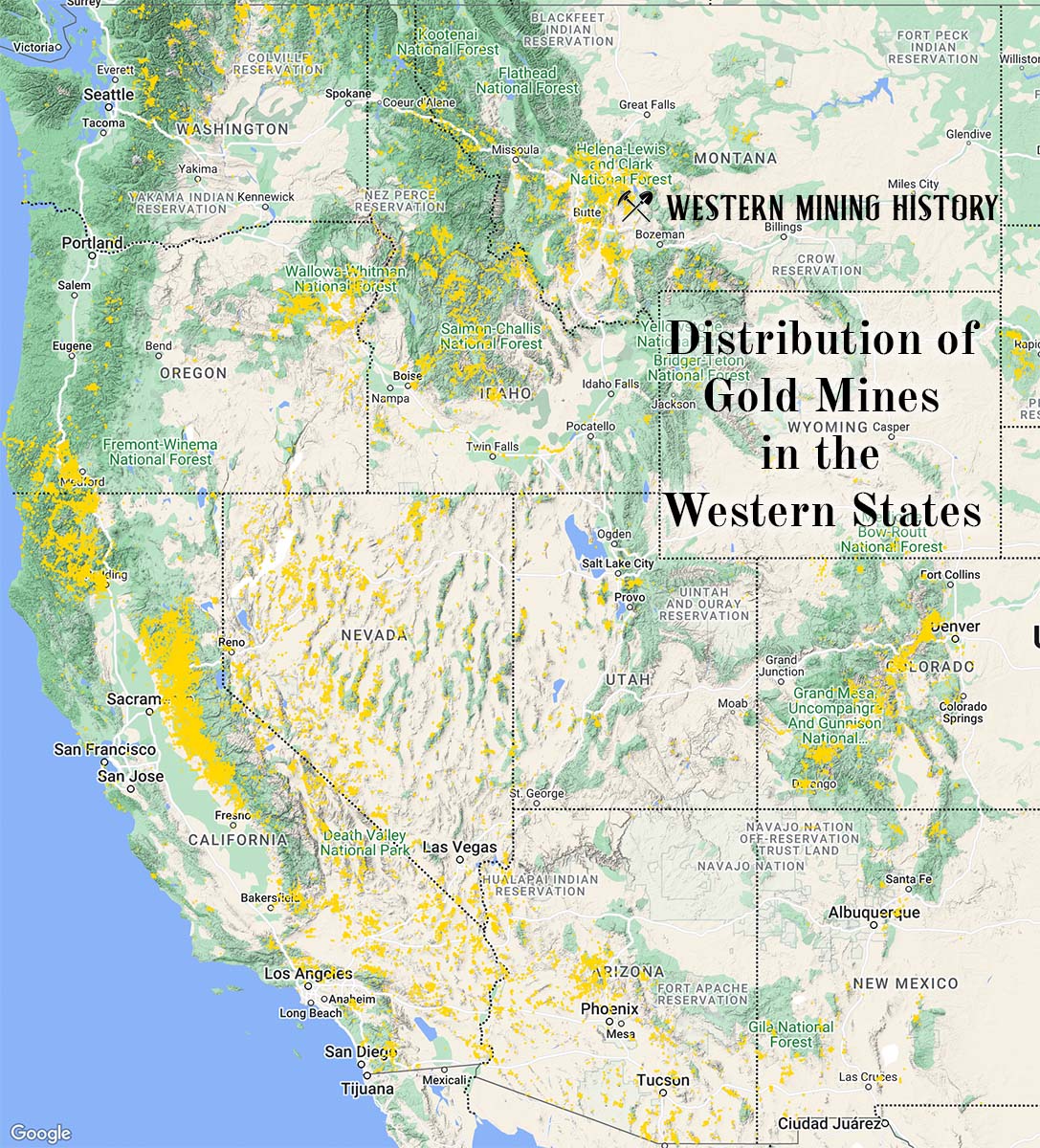The Section 18 Mine is a uranium and vanadium mine located in McKinley county, New Mexico at an elevation of 7,139 feet.
About the MRDS Data:
All mine locations were obtained from the USGS Mineral Resources Data System. The locations and other information in this database have not been verified for accuracy. It should be assumed that all mines are on private property.
Mine Info
Elevation: 7,139 Feet (2,176 Meters)
Commodity: Uranium, Vanadium
Lat, Long: 35.35111, -107.94167
Map: View on Google Maps
Section 18 Mine MRDS details
Site Name
Primary: Section 18 Mine
Secondary: Mine: Williams and Thompson
Secondary: Brown Vandever
Secondary: Federal Incline
Commodity
Primary: Uranium
Primary: Vanadium
Location
State: New Mexico
County: McKinley
District: Grants Uranium District: Ambrosia Lake Subdistrict
Land Status
Land ownership: Private
Note: the land ownership field only identifies whether the area the mine is in is generally on public lands like Forest Service or BLM land, or if it is in an area that is generally private property. It does not definitively identify property status, nor does it indicate claim status or whether an area is open to prospecting. Always respect private property.
Holdings
Not available
Workings
Not available
Ownership
Owner Name: Brown Vandever
Owner Name: Cibola Mining
Years: 1967 -
Production
Year: 1966
Time Period: 1952 To 1966
Description: Cp_Grade: ^0.19 Percent U308
Deposit
Record Type: Site
Operation Category: Past Producer
Deposit Type: Stratiform
Operation Type: Unknown
Year First Production: 1952
Year Last Production: 1966
Discovery Year: 1954
Discovery Method: Ore-Mineral In Place
Years of Production:
Organization:
Significant: N
Deposit Size: S
Physiography
General Physiographic Area: Intermontane Plateaus
Physiographic Province: Colorado Plateaus
Physiographic Section: Datil Section
Mineral Deposit Model
Not available
Orebody
Form: TABULAR
Structure
Type: R
Description: Thoreau Homocline
Type: L
Description: Minor Folding
Alterations
Not available
Rocks
Name: Limestone
Role: Host
Age Type: Host Rock Unit
Age Young: Late Jurassic
Name: Limestone
Role: Host
Age Type: Host Rock
Age Young: Late Jurassic
Analytical Data
Not available
Materials
Ore: Carnotite
Ore: Pitchblende
Gangue: Barite
Comments
Comment (Location): LOCATION IS ACCURATE FOR THE SHAFT. ; INFO FROM LAND.ST :1979
Comment (Production): PRODUCTION TOTALLED 25,796 TONS OF ORE.
Comment (Deposit): THE ORE OCCURS AS SMALL AND MEDIUM IRREGULARY SHAPED ORE BODIES.
Comment (Workings): WORKINGS CONSIST OF OPEN CUTS, A 200-FT INCLINED SHAFT, AND A TRENCH THAT DESCENDS DOWN INTO AN OPEN STOPE
References
Reference (Deposit): HILPERT, L.S., 1969, USGS PP 603, P. 36
Reference (Production): MCLEMORE, V.T., 1983; NMBMMR OFR-183, APPENDIX 1
Reference (Deposit): HOLMQUIST, R.J., 1970, USAEC RME-172, P. 105
Reference (Deposit): ANDERSON, O.J., 1980, NMBMMR OFR-148
Reference (Deposit): MCLEMORE, V.T., 1983, NMBMMR OFR-183, APPENDIX 1
The Top Ten Gold Producing States

These ten states contributed the most to the gold production that built the West from 1848 through the 1930s. The Top Ten Gold Producing States.